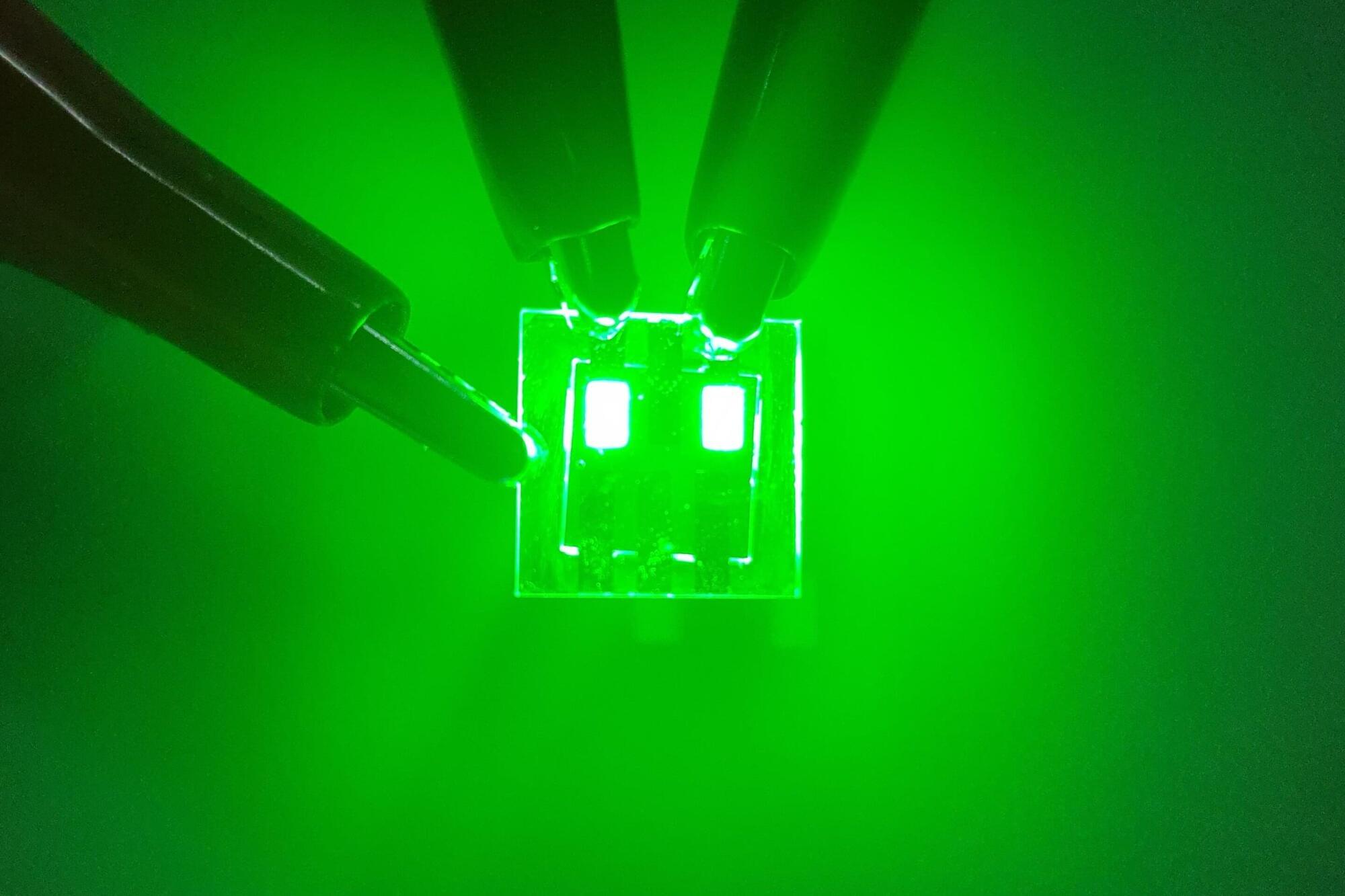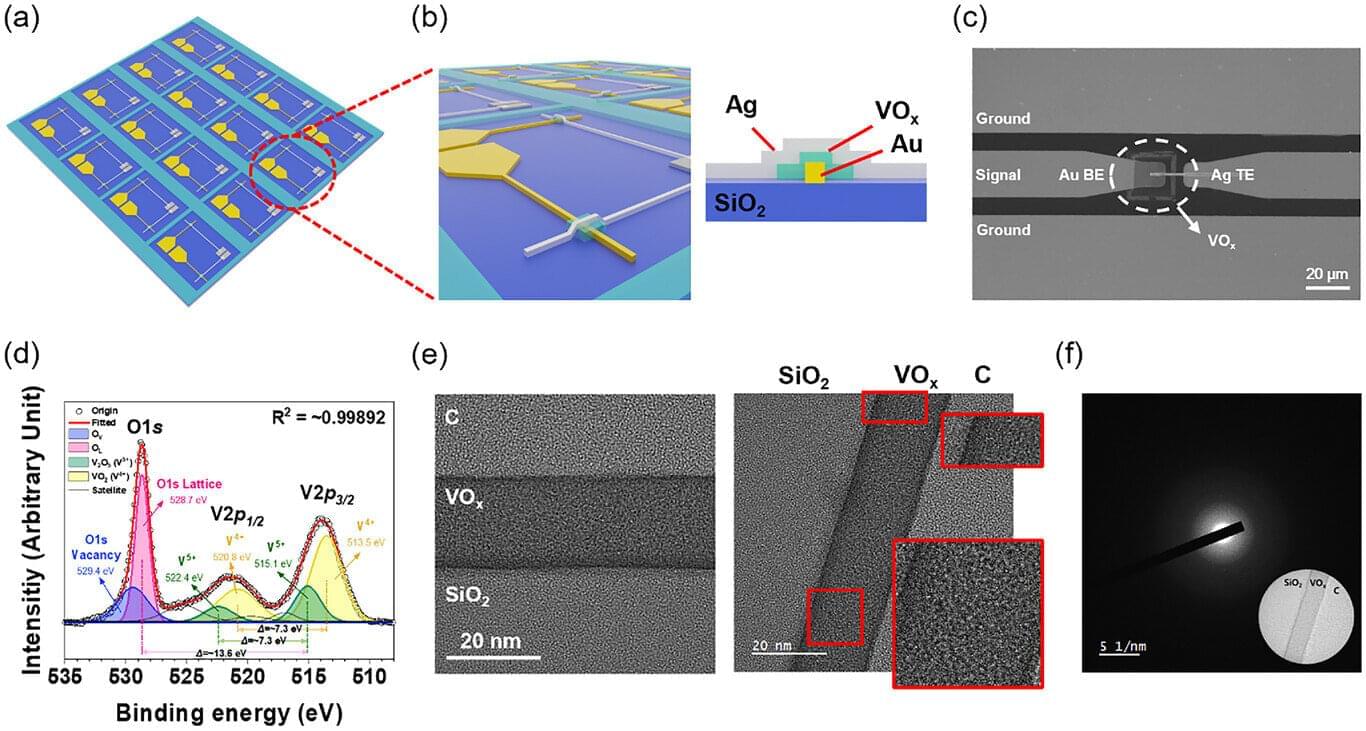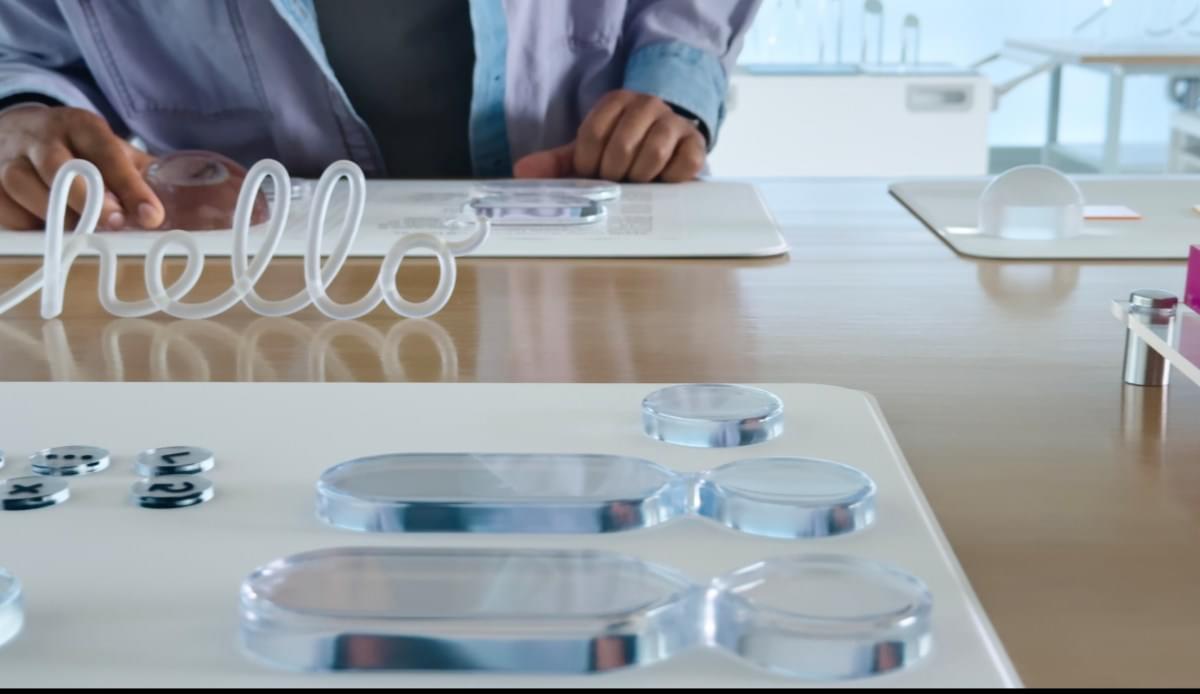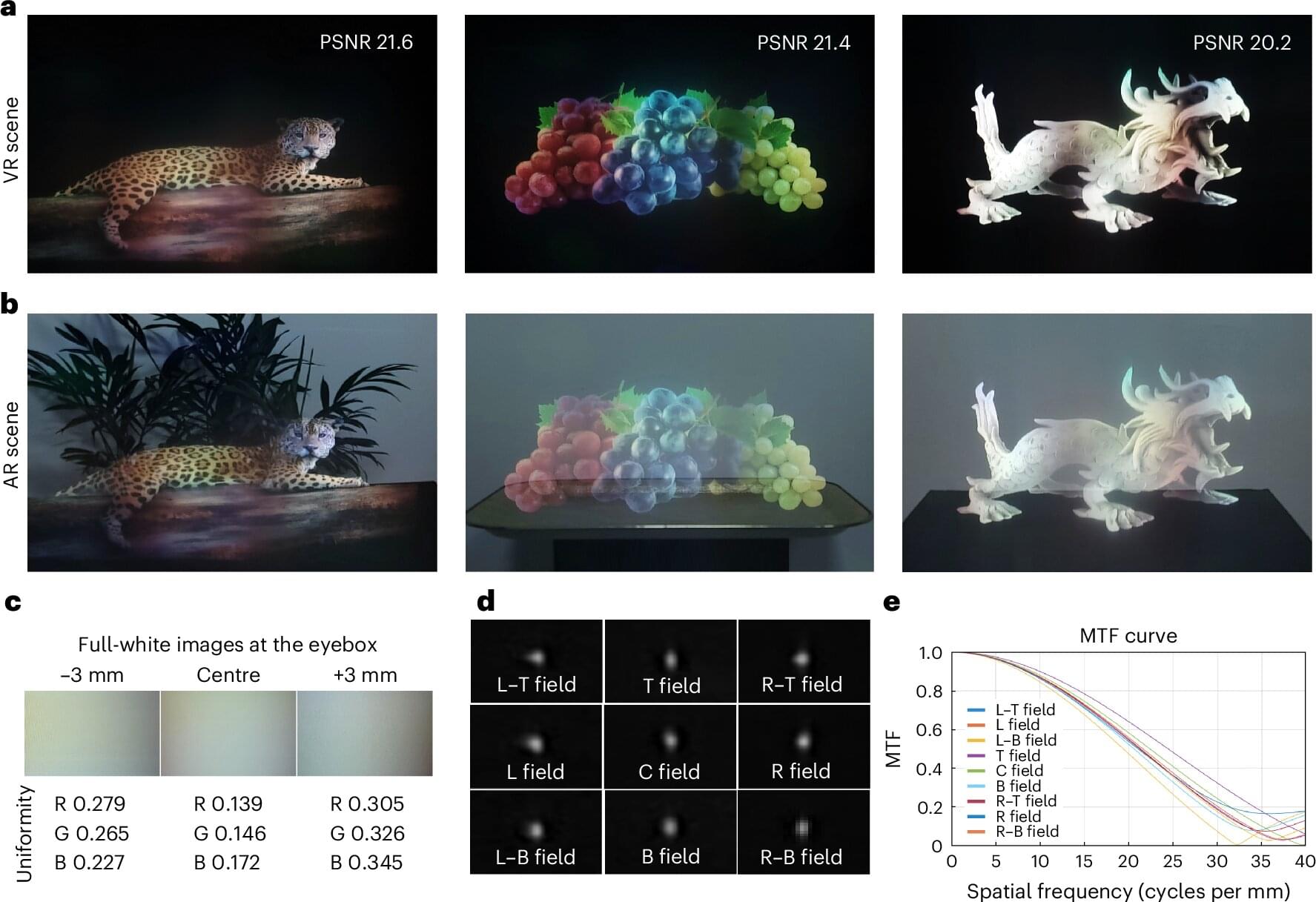Researchers at UNIST have developed an innovative AI technology capable of reconstructing highly detailed three-dimensional (3D) models of companion animals from a single photograph, enabling realistic animations. This breakthrough allows users to experience lifelike digital avatars of their companion animals in virtual reality (VR), augmented reality (AR), and metaverse environments.
Category: augmented reality
It Feels Like Apple Is Trying To Lose
Apple’s prioritization of shareholder value through massive share buybacks over investing in innovation and R&D may be a strategic misstep that could hinder its future success and allow competitors to gain an edge, particularly in emerging markets like AI
## Questions to inspire discussion.
Innovation and Investment.
🔬 Q: How could Apple’s buyback program have been used differently? A: A: Apple’s $700 billion share buyback over the past decade could have been invested in R&D to develop innovative products like a car, potentially yielding greater long-term value.
🤖 Q: What is Apple’s current stance on AI development? A: Apple’s inaction in AI is notable, with Siri’s performance declining over time, indicating a lack of focus on this crucial technology sector.
Product Development and Market Strategy.
OpenAI’s GPT-5 Flop, AI’s Unlimited Market, China’s Big Advantage, Rise in Socialism, Housing Crisis
Questions to inspire discussion.
📊 Q: How did GPT-5 perform compared to GPT-4? A: GPT-5 was narrowly ahead of GPT-4 in artificial analysis, but GPT-4 was significantly better in “humanity’s last exam” and RKGI2, which measures tasks relatively easy for humans but hard for AIs.
🌐 Q: What is the key architectural improvement in GPT-5? A: GPT-5 has a multimodal architecture that can self-select the underlying model for a task, providing a simple, clean interface without users needing to understand technical details.
AI industry growth and economic impact.
💰 Q: How much is being invested in the AI industry annually? A: The AI industry is experiencing astronomical growth, with hundreds of billions of dollars being deployed annually, and a projected trillion dollars in the next 5 years on data centers and AI infrastructure.
📈 Q: Are there already economic returns on AI investments? A: Economic returns on AI investments are already evident, with companies like Meta and Microsoft reporting significant revenue growth and productivity gains.


New 3D headset uses holograms and AI to create lifelike mixed reality visuals
Using 3D holograms polished by artificial intelligence, researchers introduce a lean, eyeglass-like 3D headset that they say is a significant step toward passing the “Visual Turing Test.”
“In the future, most virtual reality displays will be holographic,” said Gordon Wetzstein, a professor of electrical engineering at Stanford University, holding his lab’s latest project: a virtual reality display that is not much larger than a pair of regular eyeglasses. “Holography offers capabilities that we can’t get with any other type of display in a package that is much smaller than anything on the market today.”
Holography is a Nobel Prize-winning 3D display technique that uses both the intensity of light reflecting from an object, as with a traditional photograph, and the phase of the light (the way the waves synchronize), to produce a hologram, a highly realistic three-dimensional image of the original object.

Next-gen rod LEDs could transform smartphones and TVs with ultra-bright and color-rich displays
Researchers at the Hong Kong University of Science and Technology (HKUST) School of Engineering have cracked a major challenge in display technology by inventing the world’s brightest and most energy efficient quantum rod LEDs (QRLEDs). These next-generation QRLEDs feature optimized deep green emission at the top of the color triangle, enabling displays with unprecedented color purity and a maximized color gamut.
Boasting a longer lifespan and triple the brightness of previous models, these cutting-edge light sources deliver energy-efficient, ultra-vivid visuals for smartphones, televisions, and AR/VR devices while further enhancing color performance.
Light-emitting diodes (LEDs) have been widely used in electronic products for decades. Recent advancements in quantum materials have given rise to quantum dot LEDs (QLEDs) and QRLEDs. Both offer narrow emission bandwidths and high color purity, surpassing traditional LEDs. Among these, QRLEDs excel with higher light outcoupling efficiency.

Low-power, nonvolatile RF switch promises energy-efficient 6G and autonomous vehicle communications
A research team affiliated with UNIST has unveiled a new semiconductor device optimized for the next-generation 6G era and autonomous driving, offering low power consumption and nonvolatile operation. This innovative device can also be integrated into variable filter circuits capable of tuning the central frequency band, paving the way for more compact and energy-efficient communication equipment.
Jointly led by Professor Myungsoo Kim of the Department of Electrical Engineering and Professor Tae-Sik Yoon of the Graduate School of Semiconductor Materials and Devices Engineering at UNIST, the team announced the development of nonvolatile radio-frequency (RF) switches based on vanadium oxide (VOx) for next-generation wireless communication systems. The paper is published in Advanced Science.
RF switches are essential semiconductor components in modern wireless communication systems, such as autonomous systems, smartphones, VR, and AR. They control the flow of high-frequency signals within circuits by connecting or disconnecting specific pathways, enabling reliable signal routing.
A system for embedding invisible digital information in printed documents
A team of researchers from Universidad Carlos III de Madrid (UC3M), the Massachusetts Institute of Technology (MIT) and Adobe Research have presented Imprinto, a system for embedding invisible digital information in printed documents using infrared ink and a special camera. This technology introduces a new generation of hybrid interfaces between paper and augmented reality.
The tool, recently presented at the Conference on Human Factors in Computing Systems (CHI 2025) held in Yokohama, Japan, has been developed with the aim of enabling advanced interaction with physical documents, without altering their visual appearance. The study is published in the Proceedings of the 2025 CHI Conference on Human Factors in Computing Systems.
“Imprinto uses an infrared ink that is invisible to the human eye but detectable by means of a near-infrared camera, such as those that can be integrated into mobile devices by simply modifying the photographic sensor,” explains one of the driving forces behind the project, Raúl García Martín, from UC3M’s Department of Electronic Technology.

Apple’s Liquid Glass design is paving the way for AR glasses
At Apple’s WWDC 2025 event, the company announced its most dramatic software design change in over a decade: Liquid Glass. This visual overhaul gives us a glimpse into what might be coming in Apple’s rumored AR glasses, which will reportedly debut next year.
Users are connecting Liquid Glass to potential AR glasses because the new design draws strong inspiration from that of Apple’s Vision Pro VR headset.
Liquid Glass is named with the idea that each window on a phone is like a pane of glass, see-through and somewhat reflective. It gives the screen a sleeker look, though in its developer beta, Apple hasn’t quite worked out the kinks of playing with opacity.

Single-layer waveguide display uses achromatic metagratings for more compact augmented reality eyewear
Augmented reality (AR), the technology that overlays digital content onto what users see around them in real-time, is now widely used in the retail, gaming and entertainment industries, as well as in some educational settings and learning environments. A key component of AR systems are so-called waveguide displays, transparent optical layers that guide light from a projector to the eyes of users, allowing them to see projected images integrated on top of their surrounding environment.
Waveguide displays, mounted on most AR headsets or smart glasses, are typically made up of several substrates and grating couplers (i.e., structures that diffract light into the waveguide). While these multi-layered waveguide displays are widely used, they can sometimes distort colors while also setting limits on the extent to which AR headsets or glasses can be reduced in size.
Researchers at Samsung Electronics and Pohang University of Science and Technology (POSTECH) have recently developed a new single-layer waveguide display that could enable the realization of more compact AR headsets for everyday use while also boosting the brightness and color uniformity of images seen by users. The new display, introduced in a paper published in Nature Nanotechnology, was fabricated using achromatic metagratings, arrays of rectangular nanostructures that diffract red, green and blue light at identical angles.